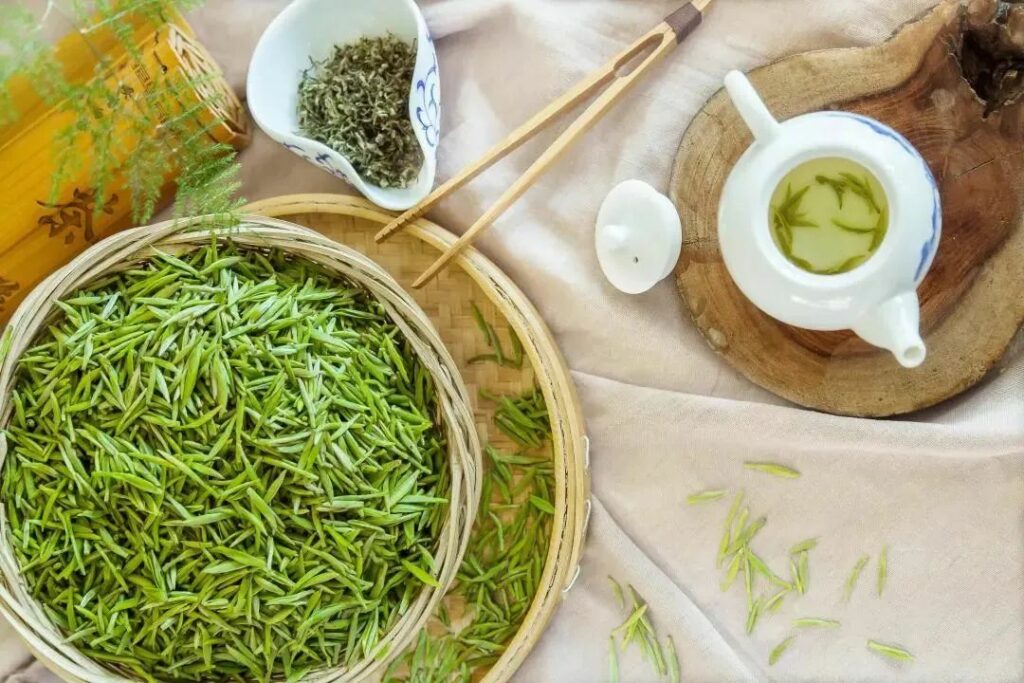
Tea drinking, a 4,700-year-old habit for the Chinese people, has become a deep spiritual existence with deep cultural connotations, as evidenced by the fact that the Chinese would introduce the habit of drinking tea wherever they go. They not only make tea and taste tea, but communicate and appreciate the traditional tea culture. As the saying goes “Cultivation of the heart and nature is all in this tea pot”, no matter how big the world is.
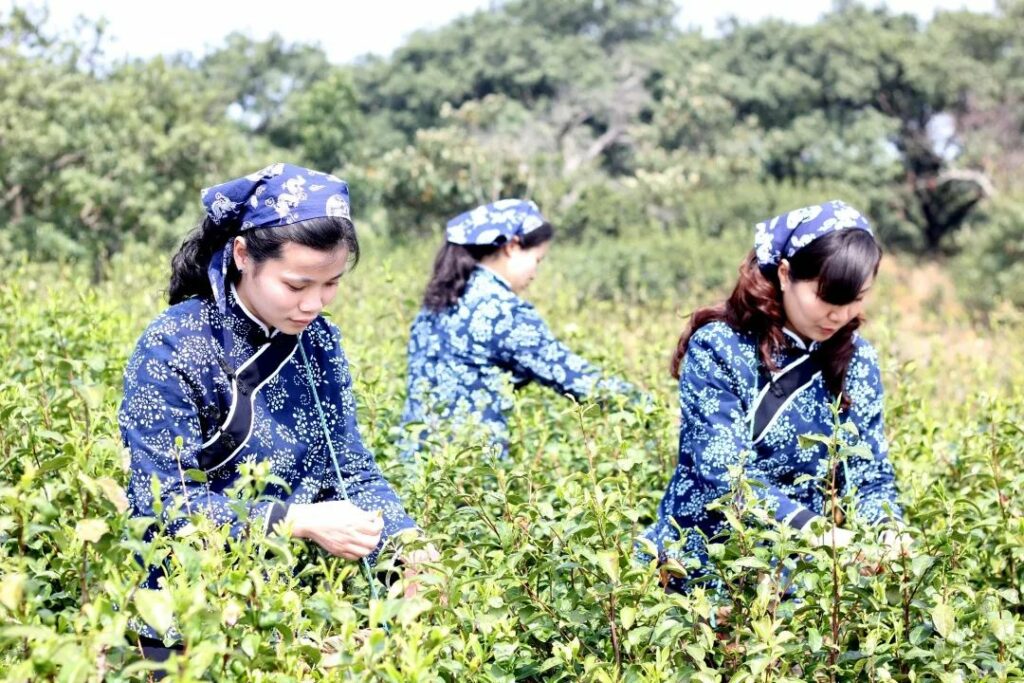
Jiangsu Biluochun
Jiangsu has been a sacred place for tea production since ancient times and its tea-drinking fashion is outstanding, showing the essence of tea culture of “one tea and one pot”. There is a very famous green tea in Suzhou called Biluochun. It is one of the top ten famous tea brands in the country. Emperor Kangxi of the Qing Dynasty named it “Biluochun” after he drank this tea during his southern tour. Its shape is curled like a snail or “luo” in Chinese, hence the name “luo” for the second character. It is a variety of green tea produced before the Qingming solar term or the early spring (“chun” in Chinese), hence “Biluochun”.
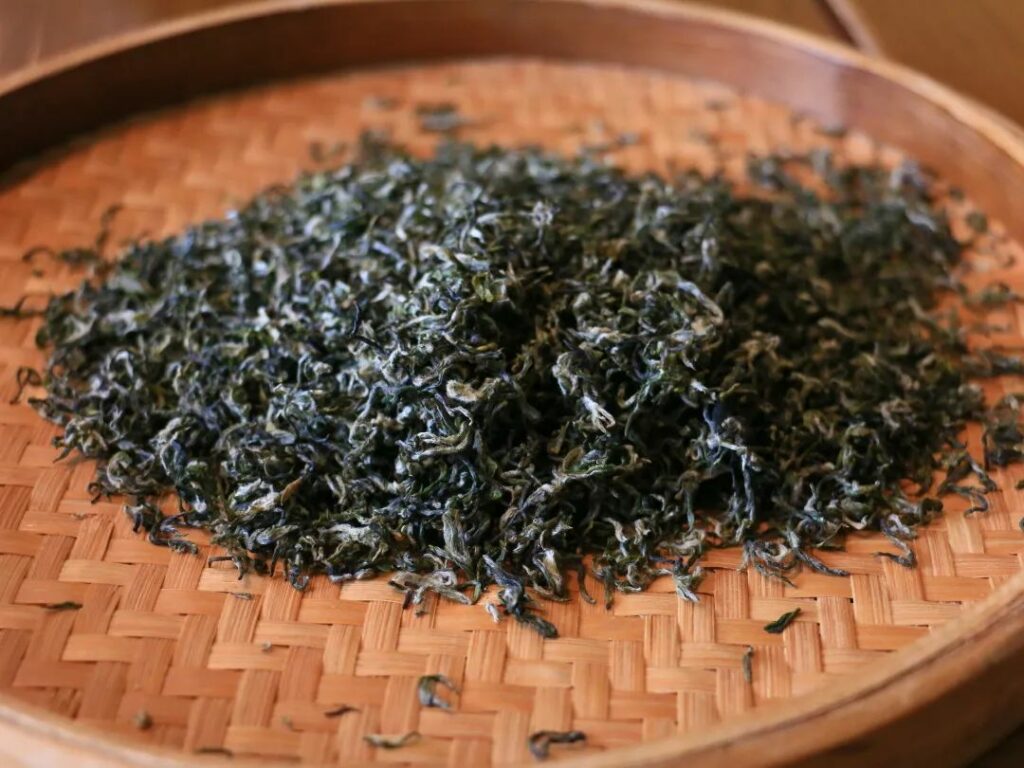
Pour approximate 80-degree water into the teapot and then put about 1.5g to 2g of tea, this is called the “up-casting method”. This method of tea making allows us to taste the sweetness of the tea and help produce saliva and slake thirst without the strong bitterness.
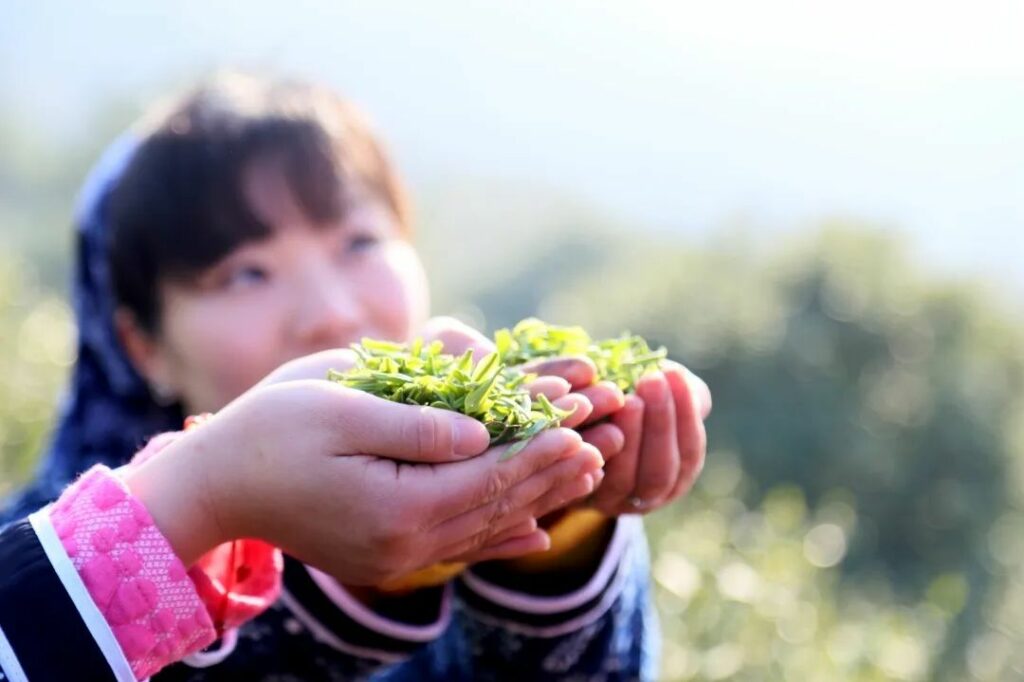
Pour approximate 80-degree water into the teapot and then put about 1.5g to 2g of tea, this is called the “up-casting method”. This method of tea making allows us to taste the sweetness of the tea and help produce saliva and slake thirst without the strong bitterness.
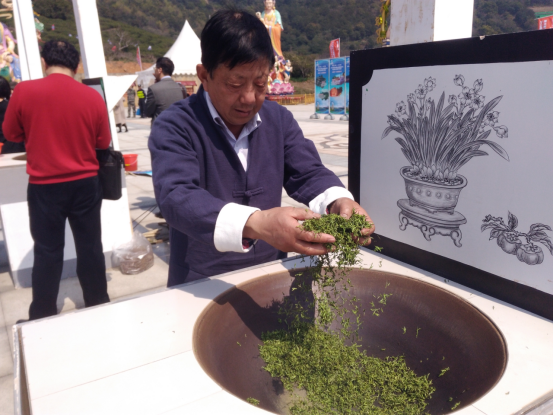
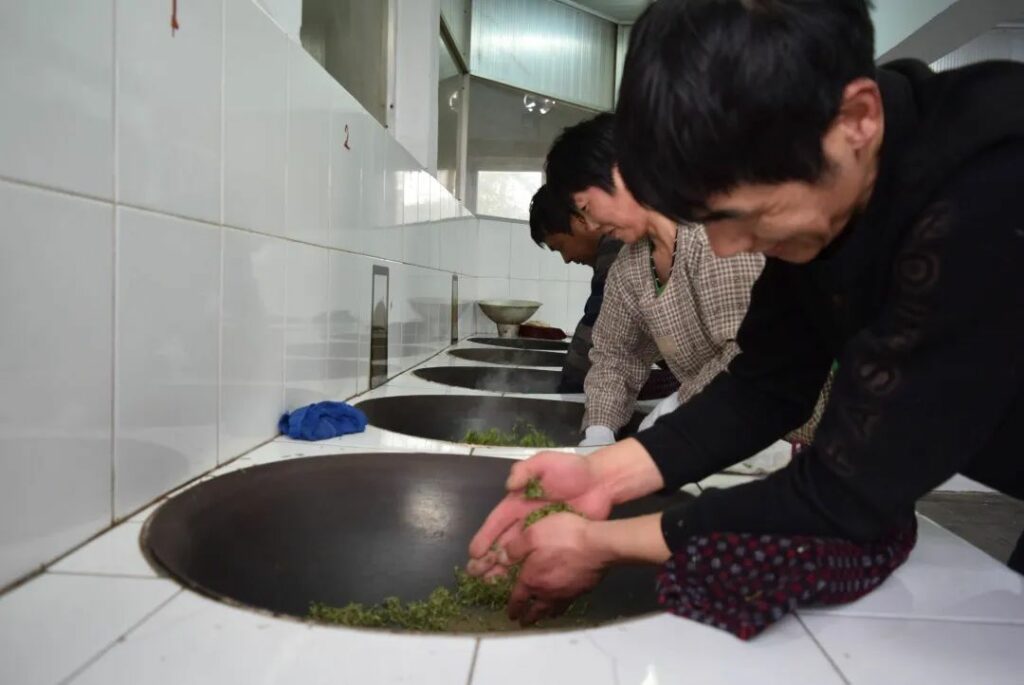
Yixing Zisha
At the end of the Northern Song Dynasty, the Chinese tea culture shifted from the way of tasting tea to the form of tea sets. Since then, the Zisha or purple clay teapot came into being and has been popular for hundreds of years, until it finally integrated with tea culture and complemented each other.
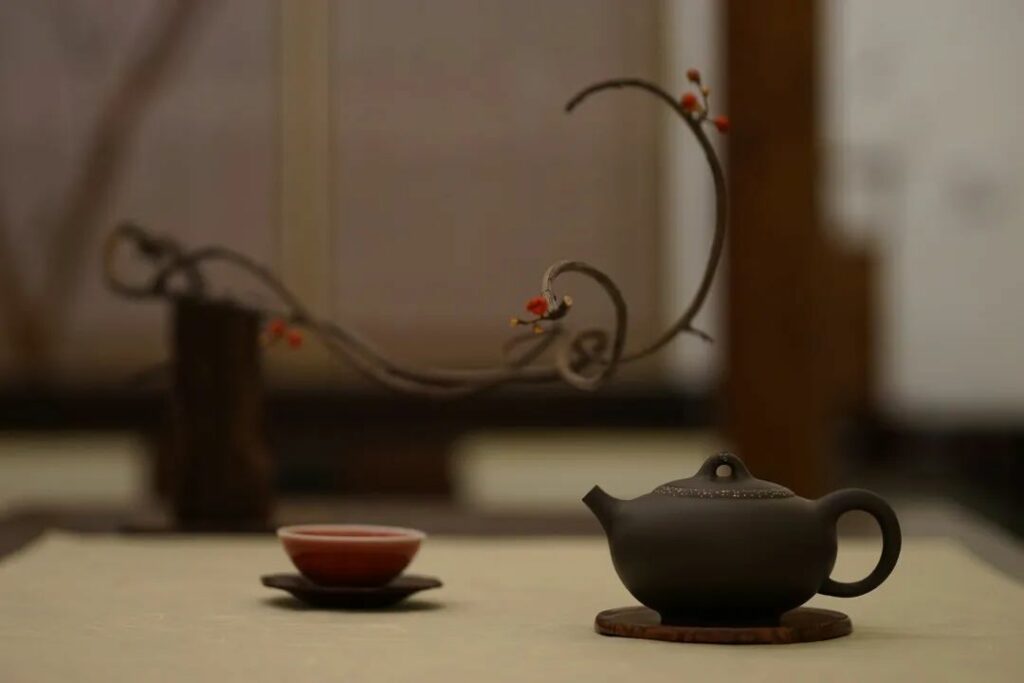
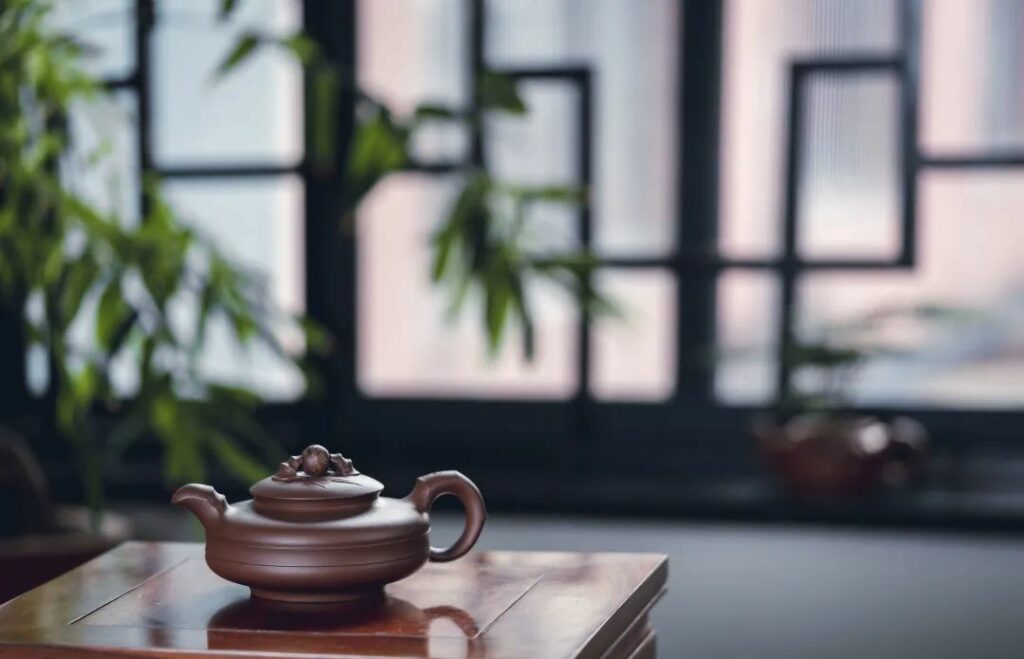
Yixing Jiangsu’s “pottery capital”, is rich in a special kind of clay which is called purple sand or Zisha due to its purple. When fired into utensils the purple clay has good water absorption and air permeability. The varieties include pots bottles, basins and sculptures.
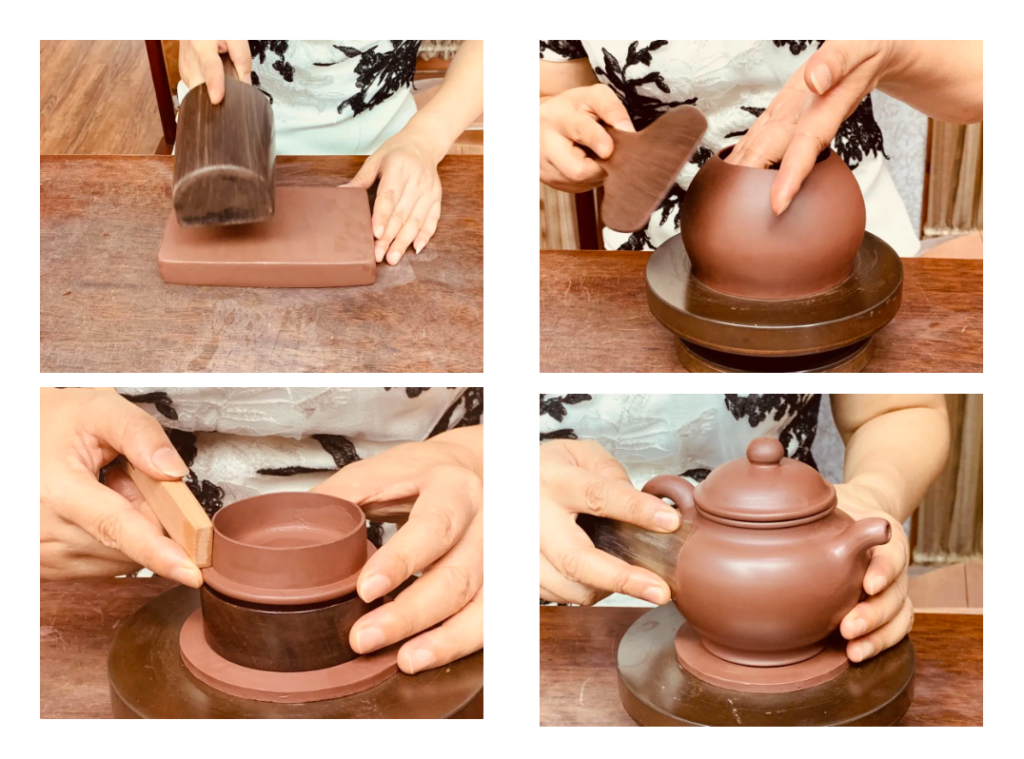
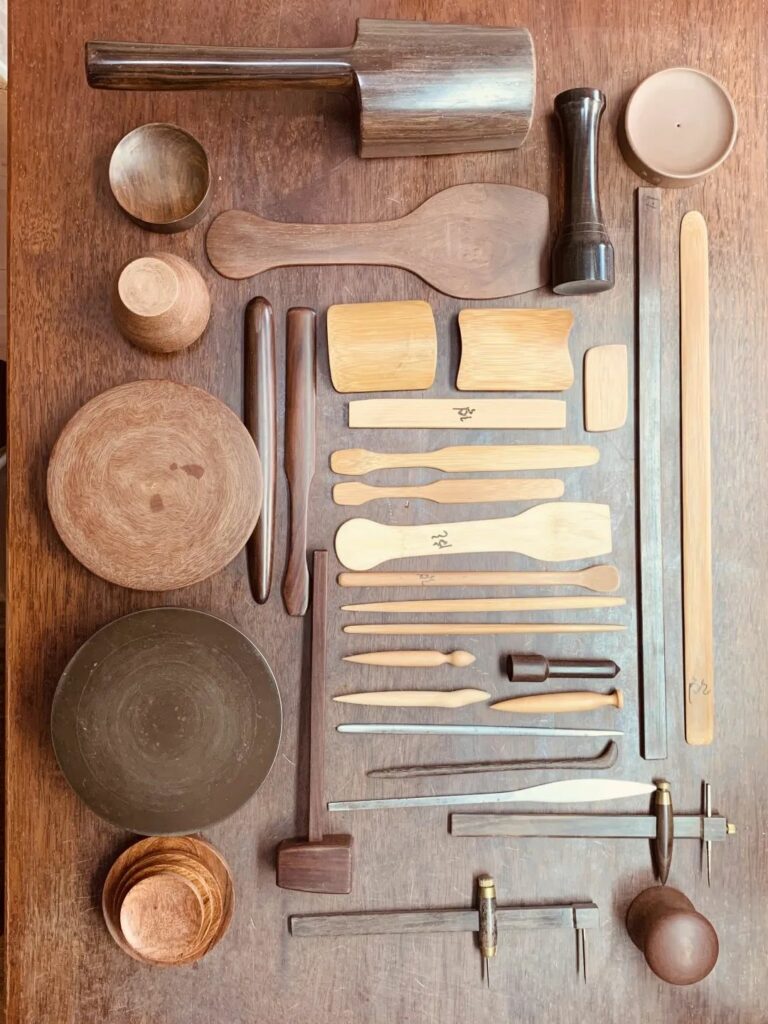
The pottery craftsmen in Yixing continue to derive nourishment from the Chinese tea culture, court culture and folk art and make them enjoyable and useful. Yixing Zisha is therefore world-famous for its long history and superb artistic achievements and was included in the first batch of the National Representative List of the Intangible Cultural Heritage.
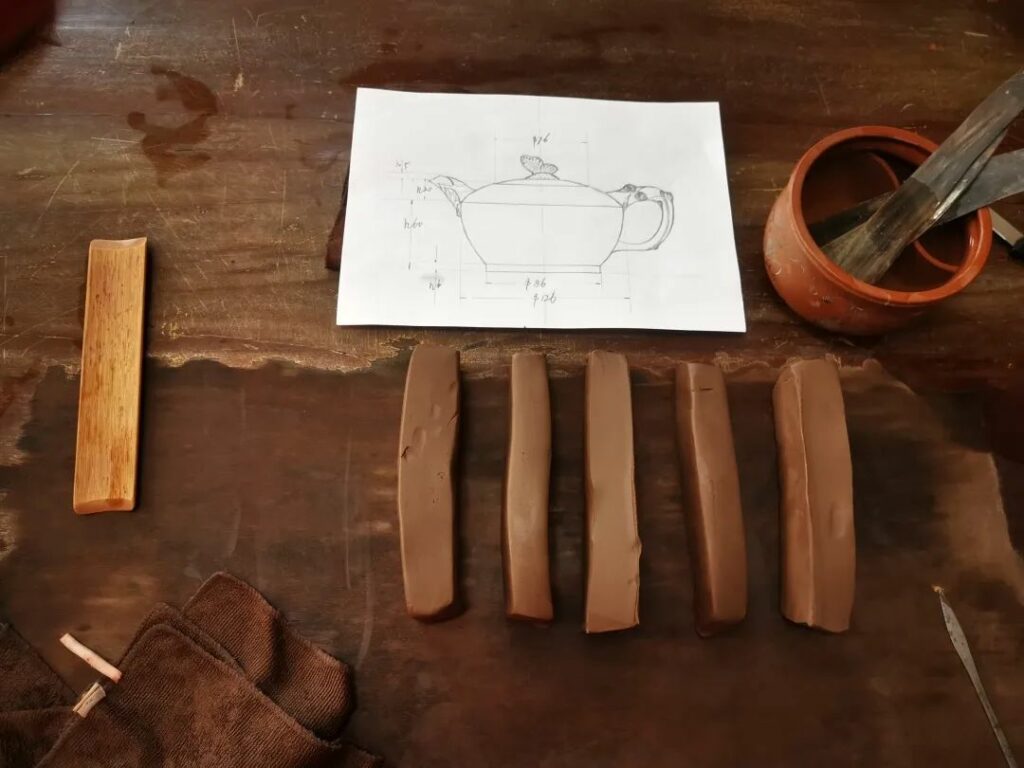
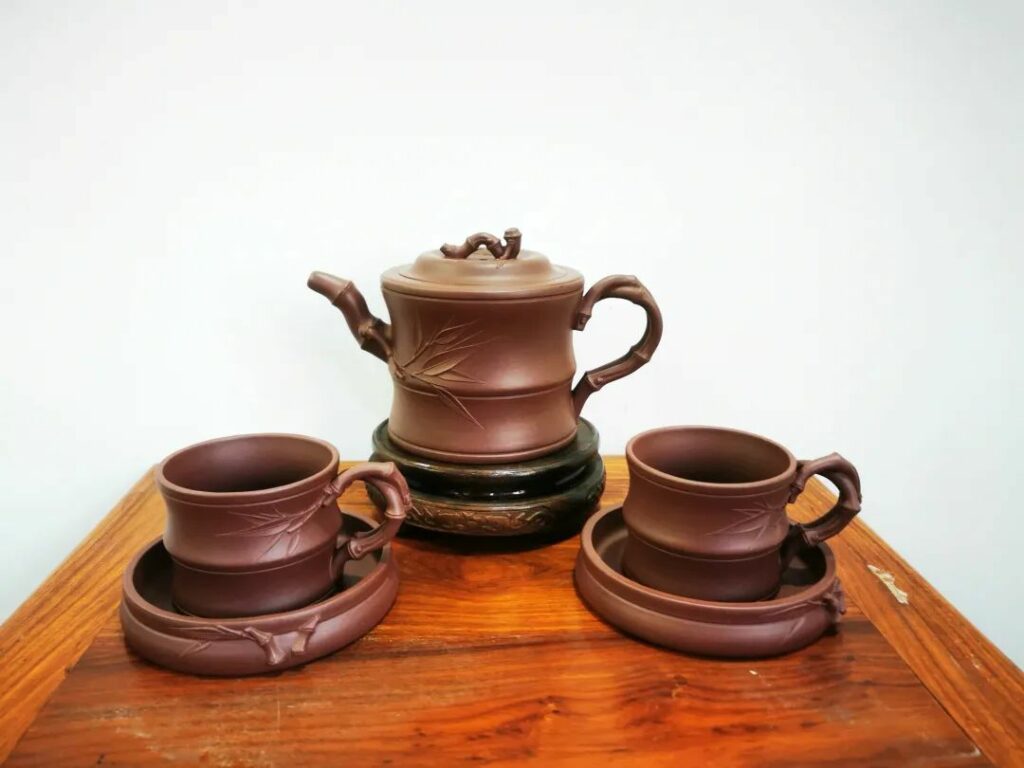
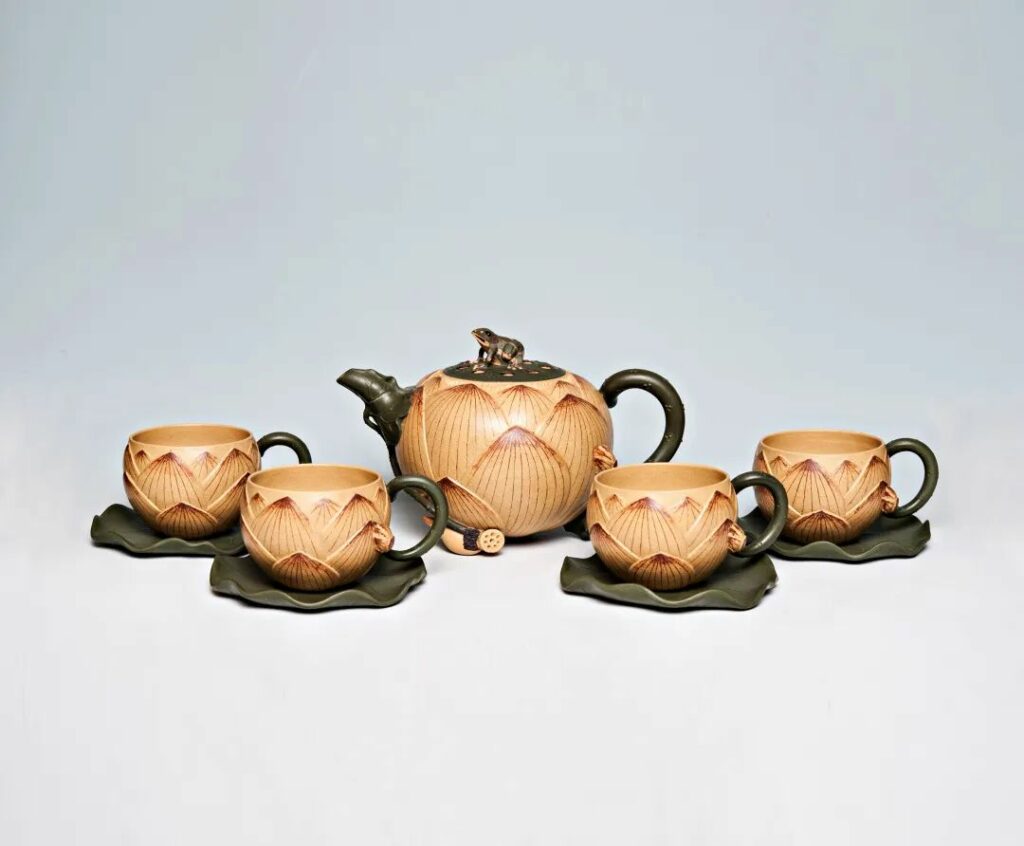
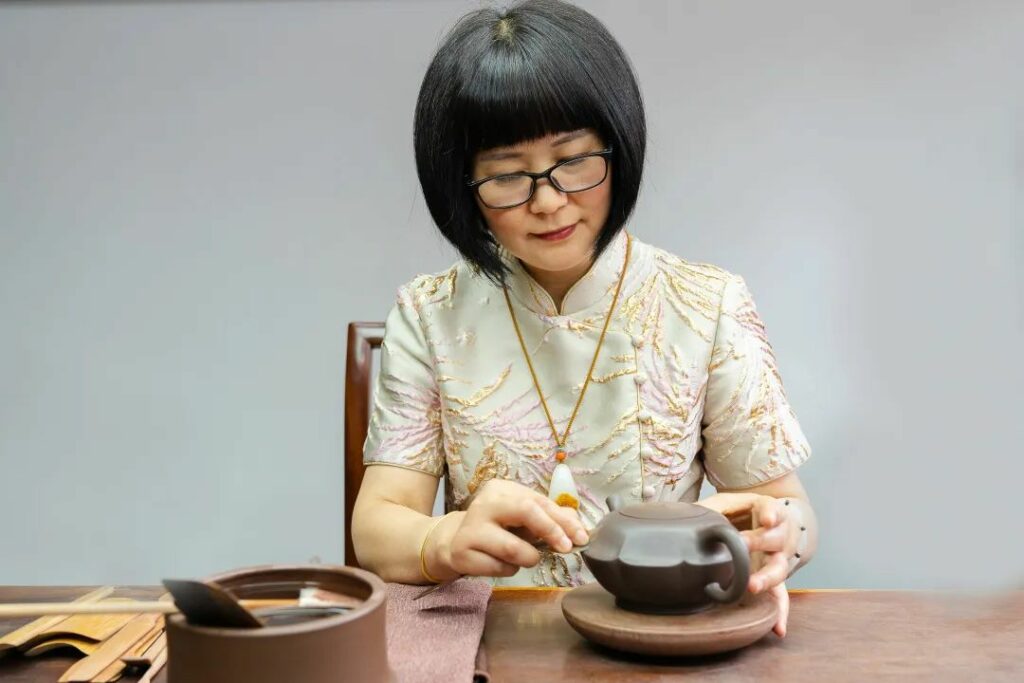
Facebook: China Cultural Center in Stockholm
https://www.facebook.com/China-Cultural-Center-in-Stockholm-110983273921638
Instagram: chinaculturalcenterinstockholm
https://www.instagram.com/chinaculturalcenterinstockholm/
YouTube: China Cultural Center in Stockholm
https://www.youtube.com/channel/UCYqOYwuQtyTHC-iMNdfExsw
Tik Tok: cccinstockholm
https://www.tiktok.com/@cccinstockholm
Twitter: CCCinStockholm
https://twitter.com/CCCinStockholm
地址:
Västra Trädgårdsgatan 2, Stockholm


